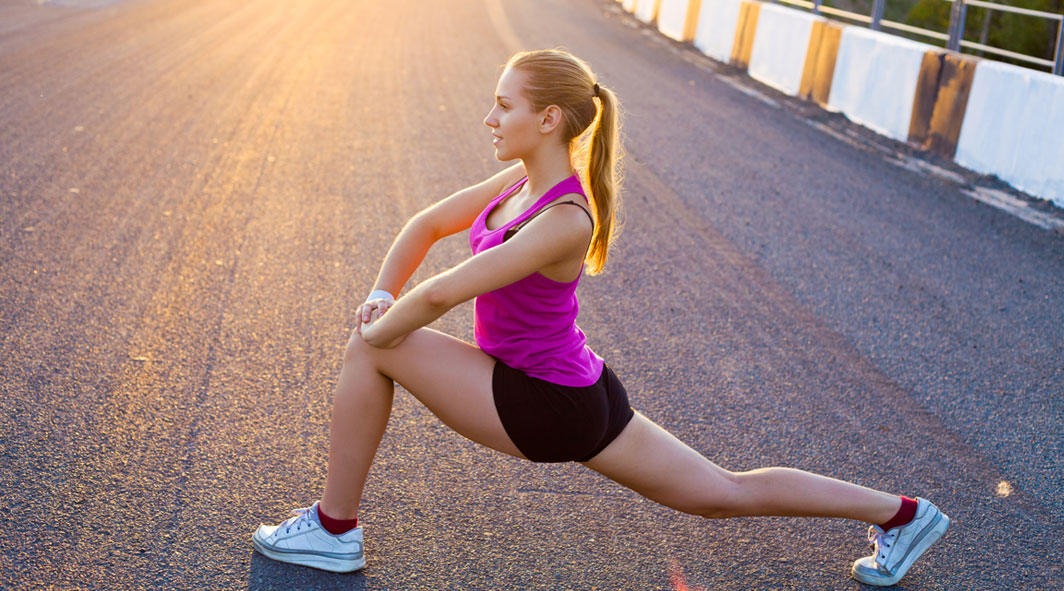Stretching is one of the most important tools for maintaining optimal health and fitness. Stretching is essential for maintaining flexibility and helps prevent muscle stiffness, tightness, pain, and injuries. When muscles are not stretched on a regular basis they become tighter, shorter, and ultimately decrease in range of motion. If stretching is not used to offset these decreases in flexibility, then the changes can become permanent and further muscle and joint problems will result.
Ideally, muscles should be stretched every day, especially after exercising and it is a good idea to do some light stretching during and after prolonged periods of sitting or other stationary activities. Unfortunately, most people rarely stretch and only realize the importance of stretching after they develop muscle problems. Frequent stretching alone can prevent many aches and pains and virtually every muscle problem (e.g. pain, imbalance) is impacted in some way by your existing level of flexibility.
The most common form of stretching is called static stretching, which means the stretch is held without moving or bouncing and each stretch is held for about 15 to 30 seconds. If you have tight muscles, you should stretch those muscles at least 2 or 3 times per day and other muscles should still be stretched once a day. Other types of stretching include dynamic stretching, which is ideal for warming up before exercise and PNF (proprioceptive neuromuscular facilitation), which is useful for increasing overall range of motion.
If you exercise, by far the most important time to perform static stretching is after your activity. This is the time when your muscles are tightest and if they are not stretched, they will remain in a shortened position. Over time this results in increased soreness and recovery time after exercise, decreased flexibility, and muscle imbalances. It is also important to note that the stronger you are, the tighter your muscles can get and the more they need to be stretched.
It is a good idea to perform stretches after your muscles are warmed up, because they will be more pliable and you can stretch them further. Your goal should be to feel a light to moderate stretch and you should never stretch your muscles to the point of pain. Overstretching a muscle causes it to resist the stretch or possibly become tighter, which defeats the purpose of stretching and can lead to injuries, such as muscle strains.
Stretching should make your muscles feel better and if a stretch does not feel comfortable or you do not feel the right muscles stretching, then skip that stretch and find a different one that targets those muscles better. You should also make minor changes in your body position to target the parts of your muscle that are tightest, as this will improve the effectiveness of all stretches.
You have probably heard the expression that an ounce of prevention is worth a pound of cure and that certainly applies to stretching. Stretching may not be the most exciting part of a fitness program, but it is just as important as the workouts, at least when it comes to maintaining a healthy, pain free, and well functioning body.




